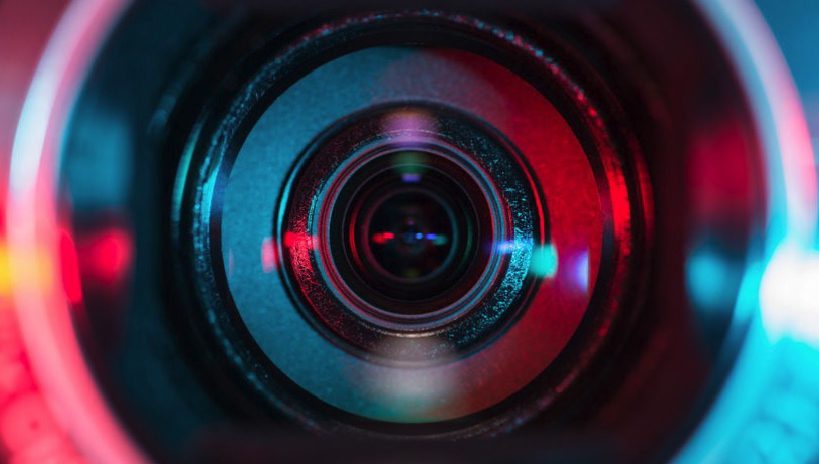In the realm of visual effects (VFX), every detail matters. From the intricate designs of CGI characters to the realistic rendering of fantastical landscapes, precision is key. One aspect that often goes unnoticed but plays a pivotal role in achieving this precision is lens metadata.
What is Lens Metadata?
Lens metadata is the information from a lens that records alongside the image a camera captures. This data can include details like focal length, aperture, focus distance, lens distortion, and more. It provides a comprehensive understanding of how the image was captured, offering invaluable insights for post-production processes, particularly in VFX.
Lens Metadata and VFX
So, why is lens metadata so important for VFX? Here are a few reasons:
Accurate Match-Moving
Match-moving is a technique used in VFX to match the motion of a virtual camera with the motion of a real camera. This process ensures that the CGI elements added in post-production move in sync with the live-action footage. Lens metadata, particularly information about the lens’s focal length and focus distance, is crucial for accurate match-moving.
Realistic Depth of Field
Depth of field (DoF) is the distance between the nearest and farthest objects in a scene that appear acceptably sharp. It’s a critical aspect of cinematography and can greatly influence the mood and visual storytelling of a scene. By using lens metadata, VFX artists can accurately replicate the DoF of the live-action footage when integrating CGI elements, ensuring a seamless blend between the two.
Correct Lens Distortion
All lenses introduce some degree of distortion to the images they capture. This distortion must be accurately replicated when adding CGI elements to live-action footage. Lens metadata provides the necessary information about the lens’s distortion characteristics, enabling VFX artists to correctly distort the CGI elements and ensure they align perfectly with the live-action footage.
The Future of Lens Metadata in VFX
As VFX continues to evolve, the importance of lens metadata is only set to increase. Emerging technologies like virtual production and real-time VFX rely heavily on accurate lens data to create realistic and immersive virtual environments.
Moreover, the rise of AI and machine learning in post-production processes could further enhance the use of lens metadata. These technologies could potentially automate certain aspects of VFX, such as match-moving and lens distortion correction, making the process more efficient and accurate.
In the intricate dance of VFX, lens metadata is an unsung hero. It’s a vital tool that enables VFX artists to create stunning and realistic visual effects that captivate audiences and enhance storytelling. As we continue to push the boundaries of what’s possible in VFX, the role of lens metadata will undoubtedly become even more significant.
Stay tuned to www.dcs.film for more insights into the world of digital cinema and the fascinating interplay of technology and creativity in VFX.

